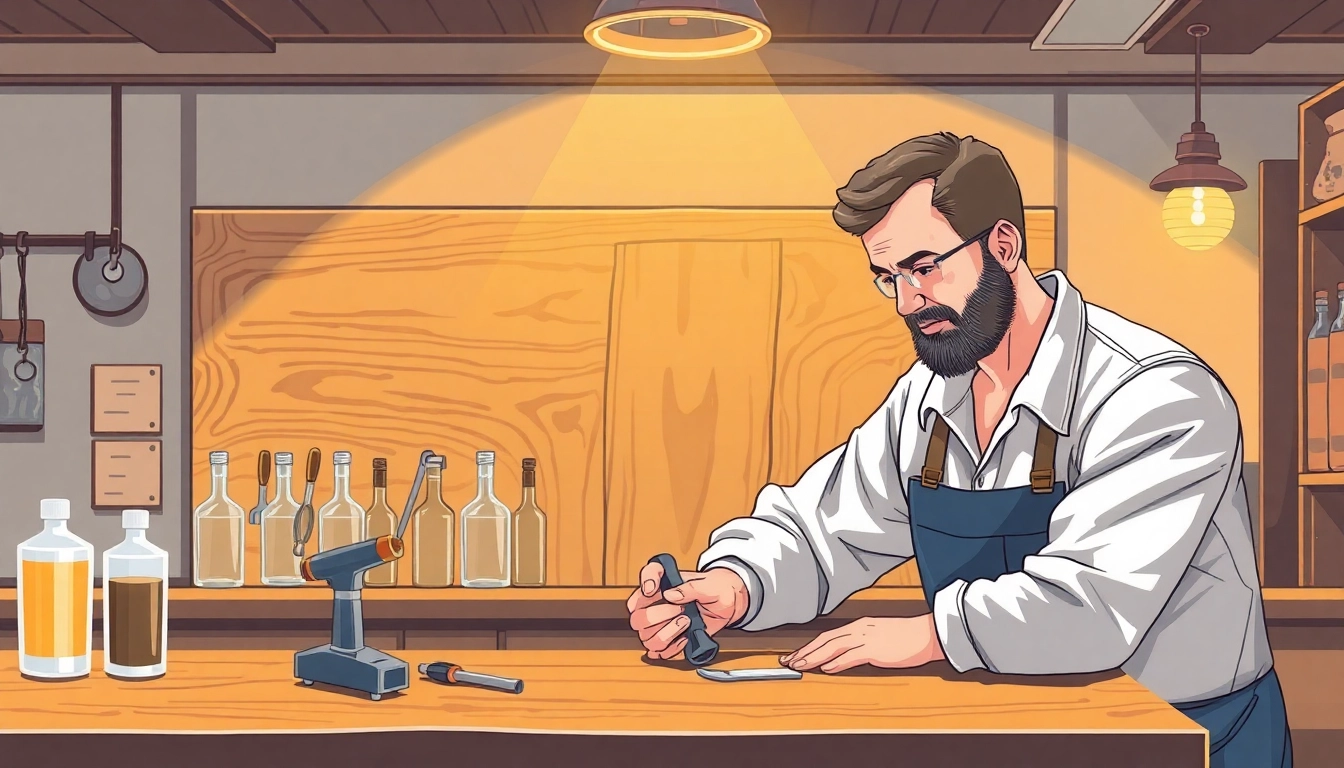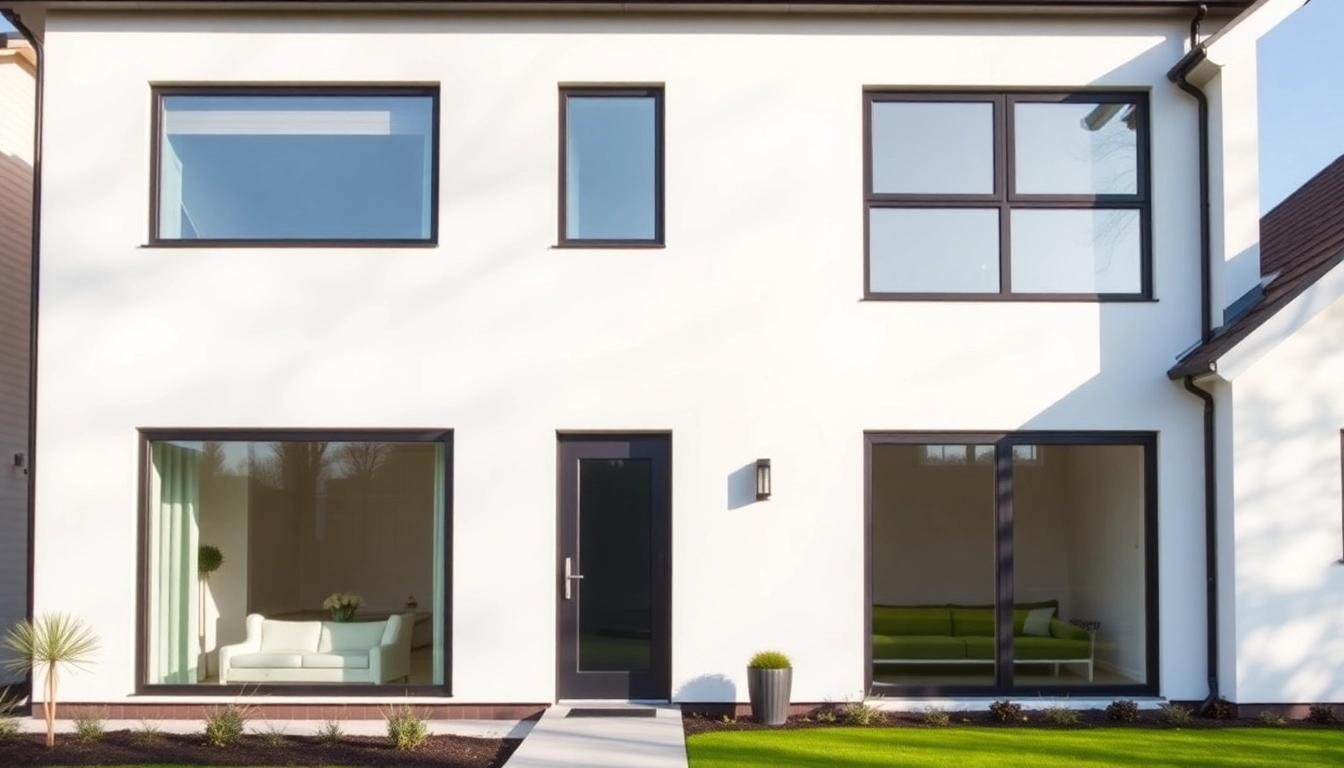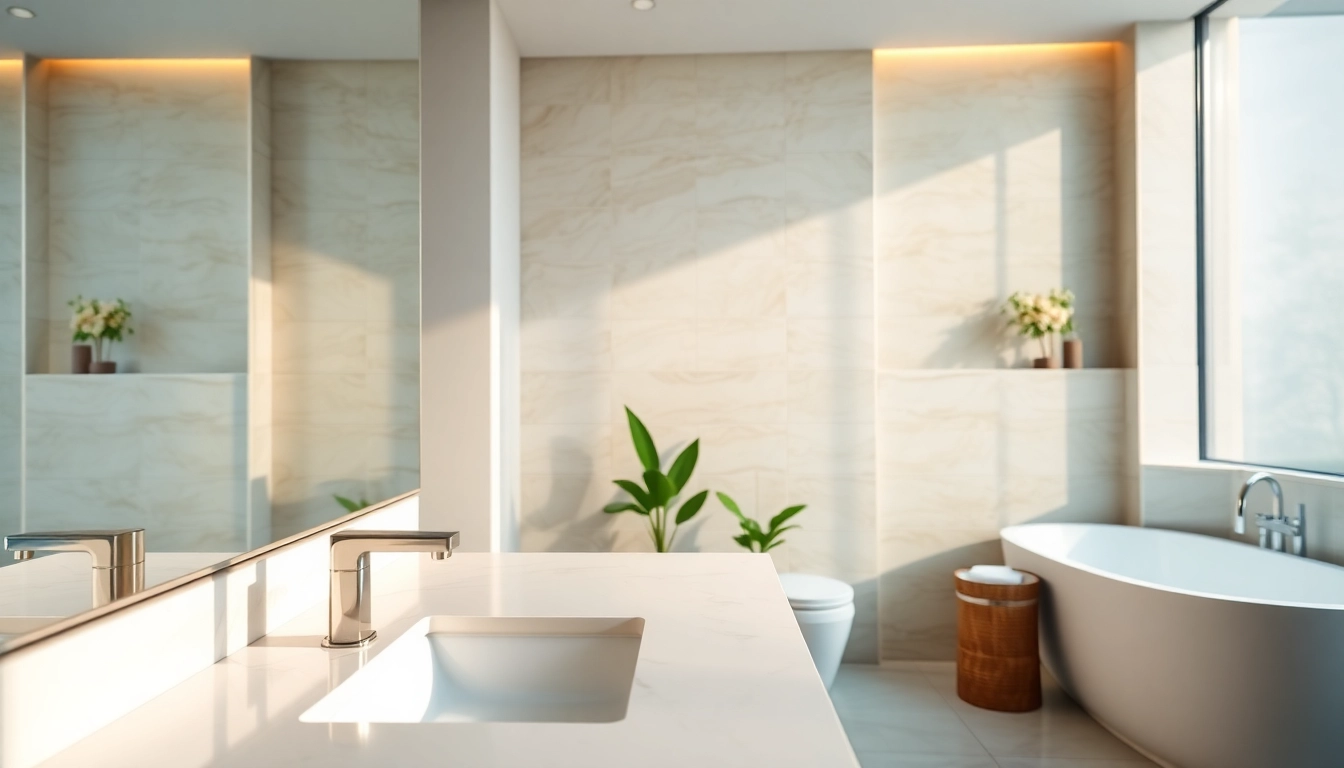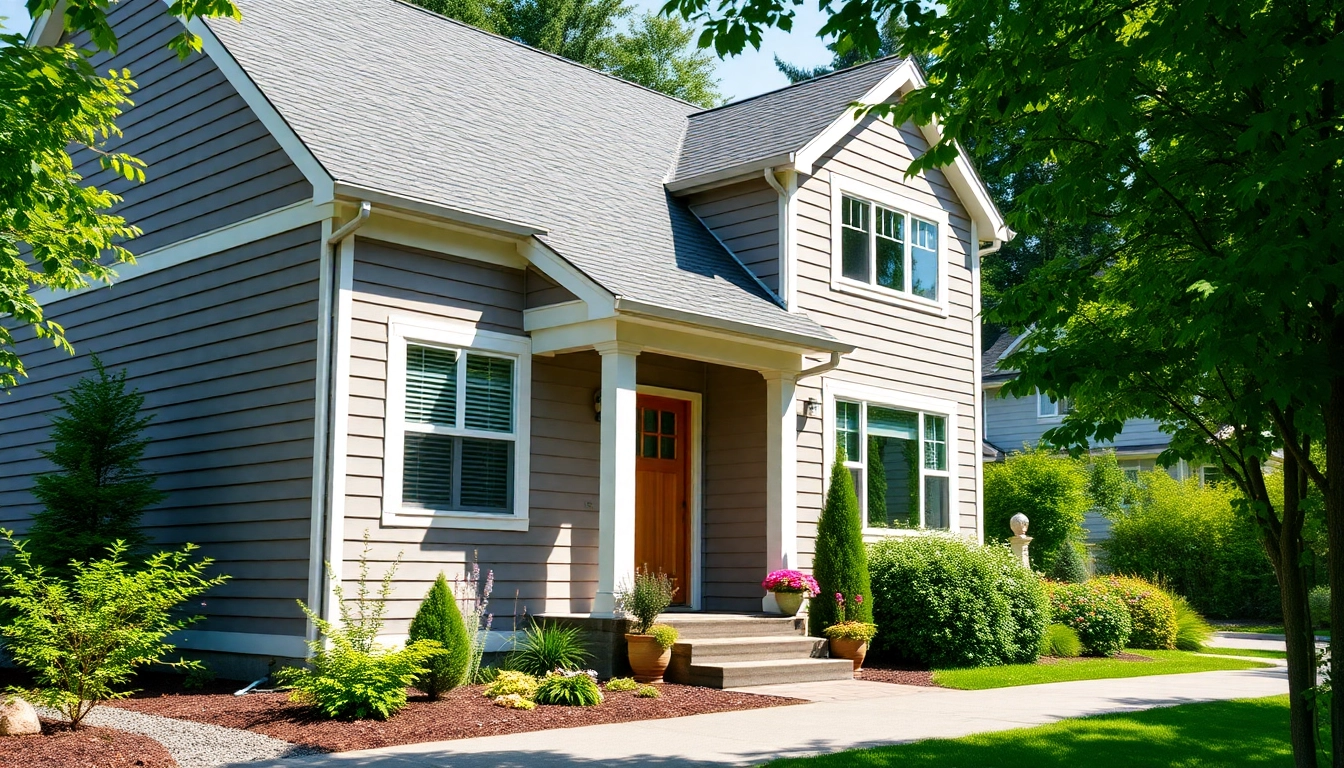Understanding Back Bar Repair: Importance and Techniques
Back bar repair plays a crucial role in maintaining the aesthetics and functionality of various establishments such as restaurants, bars, and cafes. A well-maintained back bar not only enhances the overall ambiance but also ensures customers have a positive experience. Whether it’s a classic wooden bar, a modern stainless steel design, or a combination of materials, understanding the importance and techniques of back bar repair is essential for owners and operators. This article will delve into the significance, common issues, and effective repair techniques necessary for preserving these valuable assets.
Why Back Bar Repair Matters for Your Establishment
The back bar area is often the focal point of engagement in any bar or restaurant, serving as a central hub where customers gather, socialize, and interact with staff. Here are several reasons why back bar repair is vital:
- Aesthetic Appeal: A well-maintained back bar enhances the visual appeal of the space, making it more inviting and attractive to customers.
- Operational Efficiency: Repairing and maintaining the back bar can improve the workflow for bartenders and staff, leading to faster service and higher customer satisfaction.
- Safety Regulations: Ensuring that all elements of the back bar are secure and functional helps comply with safety regulations, reducing liability risks.
- Longevity of Equipment: Regular maintenance and timely repairs prolong the life of bar fixtures and refrigeration units, which can be costly to replace.
Common Issues to Target in Back Bar Repair
Back bars can encounter a variety of problems over time due to heavy usage and exposure to elements such as spills, humidity, and fluctuating temperatures. Here are common issues regularly seen in back bar repair:
- Water Damage: Spills or leaks can cause water damage, warping wood and damaging lower cabinets.
- Structural Weakness: Regular use may result in loose fittings, wobbly shelves, or unstable countertops.
- Cosmetic Damage: Scratches, dents, or stains can detract from the appearance of the bar.
- Refrigeration Issues: Back-bar coolers may fail to maintain a consistent temperature, impacting the quality of stored beverages.
Tools You Need for Effective Back Bar Repair
Before embarking on any back bar repair project, having the right tools at hand is essential to ensure a smooth and efficient process. Here’s a list of basic tools you may need:
- Basic Hand Tools: Includes screwdrivers, hammers, pliers, and utility knives for general fixes.
- Woodworking Tools: Such as wood glue, clamps, saws, and sanders for repairing wooden structures.
- Cleaning Supplies: Use an assortment of cleaners, cloths, and sponges to prepare the surface properly.
- Safety Gear: Protective glasses, gloves, and dust masks to ensure safety while working.
- Power Tools: Depending on the extent of the repairs, drills and power saws may be essential.
Step-by-Step Guide to Back Bar Repair
Preparing Your Space for Back Bar Repair
Preparation is key when it comes to effective back bar repair. Here’s how to set the stage for a successful project:
- Clear the Area: Remove all items from the bar, including bottles, glassware, and bar stools.
- Assess the Damage: Inspect the bar thoroughly to identify all issues that need repair.
- Gather Materials: Collect all tools and materials you’ll need for the repairs based on the assessment.
- Protect Surrounding Areas: Use drop cloths or plastic sheets to cover elements in the vicinity to prevent damage during repairs.
Essential Techniques for Smooth Back Bar Surfaces
Repairing and finishing back bar surfaces requires precision and skill. Here are techniques to ensure a quality finish:
- Surface Cleaning: Thoroughly clean all surfaces to be repaired, removing any dirt, grease, or old sealants to ensure proper adhesion.
- Repairing Scratches and Dents: Use appropriate filler materials for wood or epoxy for metal surfaces to fill in scratches and dents. Once dry, sand down to a smooth finish.
- Staining: Apply a wood stain if applicable, ensuring an even application that matches the existing finish of the bar.
- Sealing: Finish the repair with a high-quality sealant to protect the surface against moisture and wear.
Finishing Touches: Staining and Sealing Your Back Bar
Finalizing the repair involves applying the right finishes that protect and enhance the appearance. Follow these steps:
- Choosing the Right Stain: Select a stain that matches the existing wood. Test on a small area first to verify the blend.
- Application: Use a brush or cloth to apply the stain, adhering to the directions for drying times.
- Sealer: Once the stain is dry, apply a sealant for protection, opting for a polyurethane finish for durability.
- Final Inspection: After the sealant dries, inspect the area to ensure all repairs are seamless and visually appealing.
Best Practices for Maintaining Your Back Bar
Routine Inspections and Repairs
Regular inspections can help identify potential problems before they escalate. Implement these practices:
- Monthly Checks: Schedule routine inspections on a monthly basis to assess the condition of the back bar.
- Look for Signs of Wear: Identify any loose fixtures, scratches, or chips that need immediate attention.
- Refinish Periodically: Consider periodic refinishing to maintain aesthetic appeal and protect against wear.
Cleaning Tips for Longevity of Your Back Bar
Proper cleaning routines are essential in extending the life and look of your back bar:
- Avoid Harsh Chemicals: Opt for gentle, non-abrasive cleaning solutions to avoid damaging finishes.
- Use Microfiber Cloths: These are effective at picking up dust and grime without scratching surfaces.
- Regular Dusting: Dust regularly to prevent grime buildup, especially in hard-to-reach areas.
Choosing the Right Cleaning Products
Select appropriate cleaning products based on the materials of your back bar. For wooden bars, consider using solutions designed specifically for wood surfaces. Stainless steel requires cleaners that leave a streak-free finish to avoid residue and damage. Always read labels and confirm compatibility with your surfaces.
Hiring Professionals vs. DIY Back Bar Repair
When to DIY Your Back Bar Repair
Many minor repairs can be addressed through DIY methods. Consider taking a DIY approach if:
- The damage is superficial, such as minor scratches or stains.
- You have experience with basic carpentry or repair techniques.
- Tools and materials are already available to you without significant additional costs.
Finding Professionals for Complex Back Bar Repairs
For major repairs or renovations, it may be more efficient and safer to hire professionals. Here’s how to find the right experts:
- Research Local Craftsmen: Look for licensed contractors who specialize in commercial renovations and repairs.
- Review Portfolios: Assess previous work of contractors to ensure their style aligns with your vision.
- Check References: Request references and read reviews from past clients to gauge quality and reliability.
Cost Considerations for Back Bar Repair Options
Understanding costs is crucial when planning back bar repairs. Costs may vary based on:
- Type of Repair: Minor cosmetic fixes generally cost less than structural repairs.
- Material Costs: High-quality materials will increase costs but ensure durability and aesthetic quality.
- Labor Rates: Contractors may charge varying rates based on their expertise and market demand.
Case Studies: Successful Back Bar Repair Projects
Highlighting a Notable Bar Renovation
One notable project involved a historic downtown bar that needed extensive repairs to its wooden back bar. The owners opted for a full restoration, including structural reinforcement and refinishing. This not only preserved the bar’s historic charm but also improved its operational efficiency, attracting a larger client base post-renovation.
Before and After: Transformations Through Back Bar Repair
Another case showcases a modern café’s back bar upgrade, where cracked surfaces and outdated refrigeration units were replaced. Before the repairs, customer feedback was declining due to the aesthetics and availability of chilled beverages. After restoring the back bar with contemporary finishes and reliable equipment, patron satisfaction soared, leading to increased sales.
Learning from Mistakes: Common Pitfalls in Back Bar Repair
Through various case studies, several common pitfalls in back bar repair have been identified:
- Neglecting Regular Maintenance: Avoid falling into the trap of delaying maintenance, as minor issues can turn into costly repairs.
- Ignoring Material Compatibility: Always choose materials compatible with the original bar to ensure a seamless finish.
- Overestimating DIY Capabilities: Recognizing the limits of personal skills is vital; seeking professional help for complex issues can save time and money.



